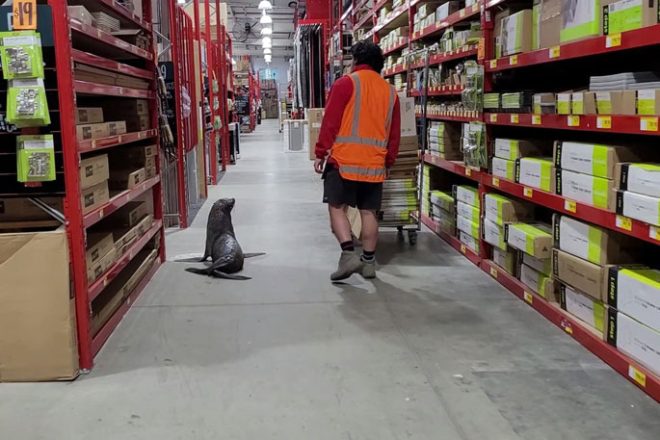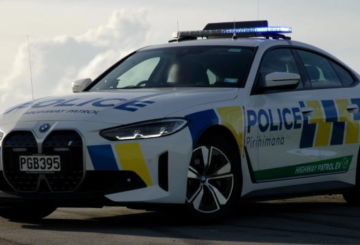앞으로 몇 달 안에 특이한 장소에서 뉴질랜드 물개를 발견하더라도 놀라지 마세요.자연보호부 (DOC) 는 일반 대중에게 어린 물개, 바다사자, 물개 (어린 기각류라고도 함) 를 주시할 것을 요청하고 있습니다.이러한 동물들은 흔히 ‘바다표범의 실리 시즌’이라고 불리는 이 시기에 예상치 못한 장소에 나타나기 시작할 수 있습니다.
“6월부터 9월까지 어린 물개들이 주변 환경을 탐험하기 시작하는데, 종종 예상치 못한 장소에 나타나기 시작합니다”라고 DOC 해양 과학 고문인 Jody Weir 박사는 말합니다.
케케노, 즉 뉴질랜드 물개는 육지에서 많은 시간을 보내며 주로 휴식을 취하지만 때로는 탐험을 하는 해양 포유류입니다.일반적으로 바위가 많은 해안에서 발견되지만, 타고난 호기심에 사로잡혀 내륙으로 수 킬로미터 떨어진 곳까지 갈 수 있습니다.
“여전히 어미의 젖에 의존하는 어린 물개들은 이 기간 동안 더 먼 곳으로 모험을 떠나는 경향이 있습니다.위어 박사는 도로, 뒷마당, 심지어 거실 소파에서도 흔히 볼 수 있다고 설명합니다.
올해는 뉴질랜드의 물개들이 특히 힘든 해였는데, 카이코우라 해안의 굶주림으로 1000명 이상이 죽었습니다.
위어 박사는 “하룻밤 사이에 기후 변화와 식량 부족이라는 광범위한 문제를 해결할 수는 없지만, 우리 모두가 이 매혹적인 동물들을 안전하게 보호하는 데 기여할 수 있다”고 말한다.
작년에는 파파쿠라의 KFC 주차장이나 황가레이의 버닝스 주차장과 같이 예상치 못한 곳에서 물개가 발견되었습니다.이런 경우, DOC가 개입해 물개를 안전하게 다시 물 속으로 옮겼습니다.
“사람들이 만나는 대부분의 물개는 건강하며, 역류, 재채기, 기침 또는 울음과 같은 행동은 정상입니다.위어 박사는 멀리서 관찰하는 것을 즐기고 도로에 있거나 심각한 부상을 입었거나 잔해에 엉키는 등 즉각적인 위험에 처한 경우에만 DOC에 연락해야 한다고 말합니다.
심하게 다치거나 괴롭힘을 당하거나 위험에 처한 물개를 발견하면 0800 DOC HOT (0800 362 468) 로 전화하십시오.





























































